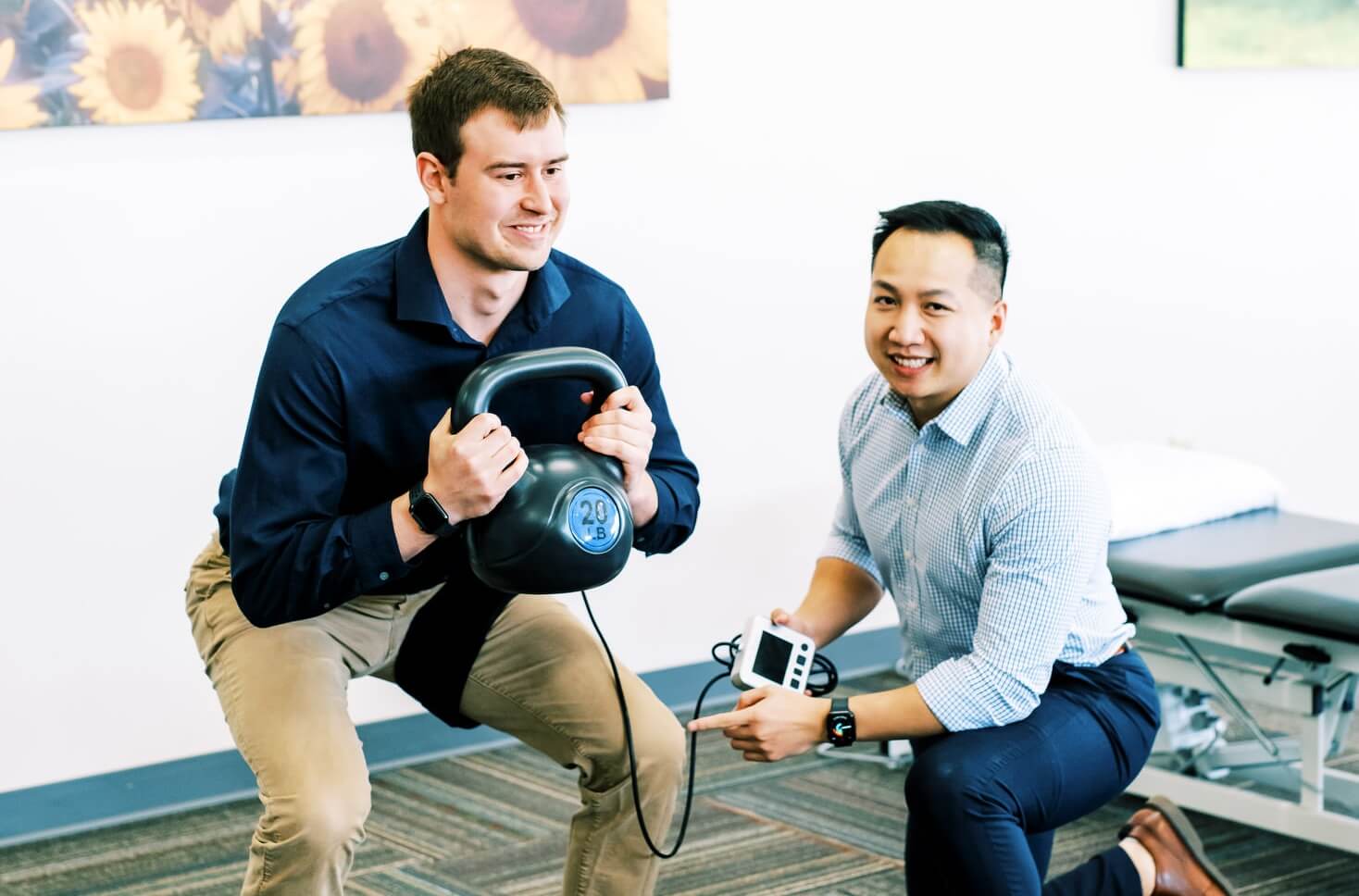Orthopedic Injuries
Our sports-specific PT teaches patients to avoid sports-related injuries, selection of individualized mobility exercises, or education in proper warm-up/cool-down activities. We treat injuries for those playing a variety of activities from recreational to elite sports.


